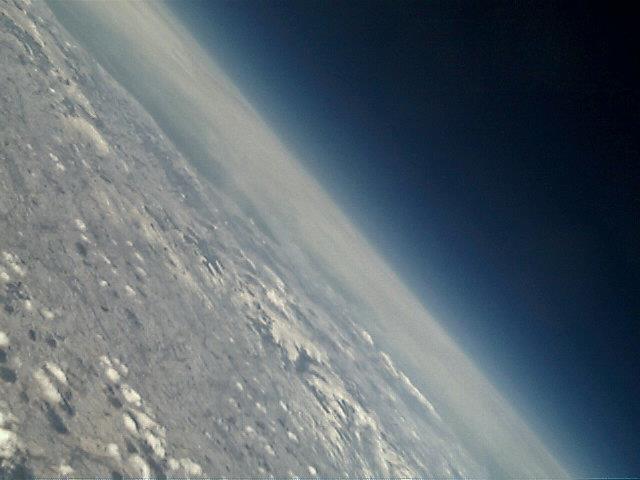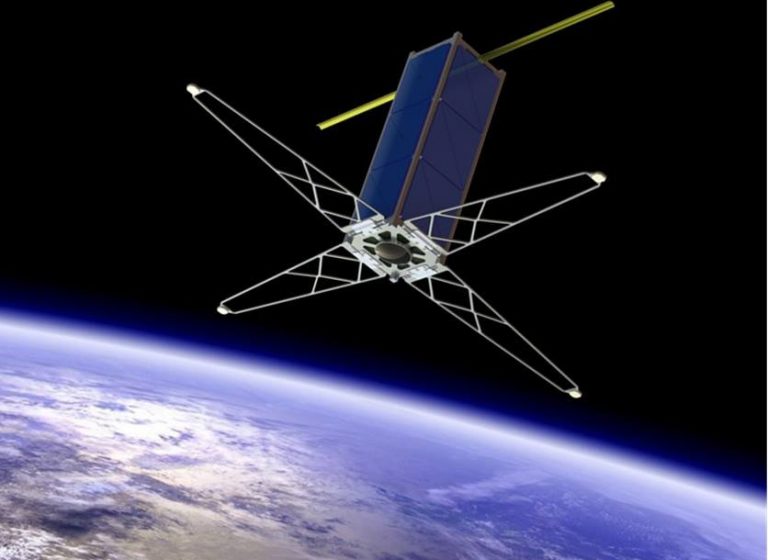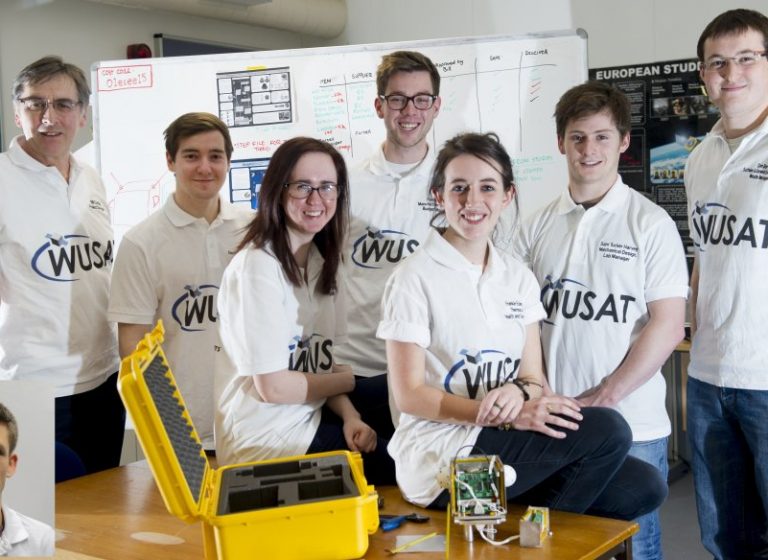Monitoring Wildlife from Space Using CubeSats
The Biodiversity Issue
Figures differ significantly, but it is generally thought that between 300 and 850 animal species (including insects, birds, fish, mammals, reptiles, etc.) become extinct each year. Even the most conservative of estimates show that this is at least 1,000 times higher than natural extinction rates would be responsible for, so it is clear that the effects of humans on the natural world is having a big impact – with pollution, climate change, intensive farming and over fishing all being contributing factors.
Tackling this serious problem will require ongoing access to large quantities of detailed empirical data by bio-tagging land-dwelling, marine and avian species so that the various dynamics affecting them can be identified.
Satellite Tracking
Older, fully-terrestrial systems have mostly been replaced by more advanced satellite-based alternatives that offer greater convenience by remote access and the potential to carry out research on a larger scale. However, acquiring such data is still difficult and can also be very costly.
The current ARGOS satellite monitoring technology is based on GPS location, where the tags are quite large and require considerable power to run. Their size and weight means that they are not suitable for use with many smaller species, thus restricting the scope of implementation. Consequently ARGOS is most commonly used for examining the movements of larger sea-bound creatures.

The Cost of Satellite Tracking
The unit cost of each tag and the satellite tracking support that accompanies it represents a sizeable investment for research institutes. Replacing tags can prove to be extremely difficult and hazardous for conservation/research staff to travel to remote places.
A more recent development is the ICARUS system. Like ARGOS, this uses GPS too, but has lower power requirements – allowing the tags to be smaller. Because of this, ICARUS is better suited to smaller species, like birds. It is not as capable of tracking marine life though, as the prolonged signal handshake required gives very limited time between tagged animals surfacing and data being captured.
Future Developments
Both ARGOS and ICARUS are now looking to change their model to rely on systems that they own themselves. One way this could be achieved is to create systems consisting of constellations of more cost-effective, smaller low earth orbit (LEO) satellites situated some 400km above the Earth’s surface, rather than solely employing larger satellites. These could supplement the existing satellite infrastructure already in place.
The WUSAT Project
The Warwick University Satellite (WUSAT) project has been investigating the possibility of using its compact CubeSats for wildlife monitoring purposes. These units, with their specially designed 4-arm antennas (see image at top of page), would acquire data from wildlife in the air, on the ground and in the oceans via 915MHz frequency signals. They would then pass back all the compiled information (concerning species migration patterns and suchlike), through the 2.2-2.3GHz S band commonly used in satellite communication. This system would be far more streamlined and economical than a GPS based tracking system and would support higher data rates for scientists to analyze.
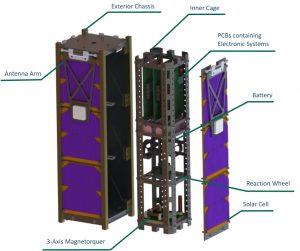
As Professor Julia Hunter-Anderson, Co-Director of the WUSAT Program, explains, “More extensive wildlife monitoring from space will be instrumental in helping to preserve the ecosystems that endangered species inhabit and to identify potential threats much earlier. WUSAT-3 can provide the technology to satisfy that need, by avoiding some of the issues that are inherent with GPS-based tracking. This could make the retrieval of data much more affordable and open up this type of activity to a broader cross-section of research groups.”
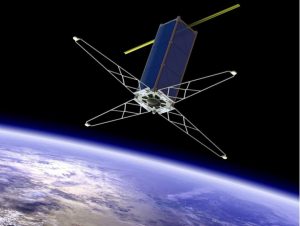
“WUSAT-3 technology offers a viable way of complementing existing systems, allowing greater effectiveness and also curbing the costs associated with running them. As well as enabling smaller tags, longer periods between tag replacement and shorter handshaking periods, there are operational cost advantages too. This is because the strategy allows for smaller satellite payloads, which are therefore a lot less expensive to launch,” adds Dr Bill Crofts, Director of the University of Warwick’s Satellite Engineering Team.
The long term goal would be to have the satellites going in a polar orbit, thereby maximizing accessibility to animal species.
Design Considerations
The stresses which WUSAT-3 CubeSats would be subject to are considerable. Each CubeSat would complete an orbit in a period of just 90 minutes. In that time they would be exposed to two extremes of temperature – reaching around 127°C when the Sun’s rays are closest, and down to -157°C on the dark side of the Earth. Other factors affecting the design of these CubeSats (and the constituent components specified) will be vibrational forces and shocks experienced during initial launch and subsequent deployment from the international Space Station (ISS).

As with previous WUSAT projects, the intention is to incorporate Harwin’s Gecko high reliability narrow pitch connectors into the core design, due to their durable attributes and impressive track record within space research applications. As well as having strong resilience to shock and vibration, plus a lightweight construction and a small form factor that saves PCB space, they also possess industry-leading outgassing capabilities too.
“We have a longstanding relationship with Harwin, and really appreciate the company’s involvement in various WUSAT projects over the last few years,” states Crofts. “For mission-critical applications, everything possible must be done to safeguard against operational failures occurring, since once a CubeSat is in space it simply cannot be repaired. By having partners like Harwin to assist us with the hardware development work, the WUSAT team will be able to continue to address new challenging endeavours such as this.”
Harwin have supported the WUSAT project for a number of years by supplying components and resources for the team to progress their work. The level of hands-on experience that students have and the multi-disciplinary nature of the project has impressed the likes of NASA as the team continue to work with ESA towards a launch from the ISS.
Find out more about our High-Reliability connectors or scroll down for more WUSAT articles.
Uh oh, it looks like you are using an outdated browser version.
Some functions may not work as expected on Harwin.com in your current browser. For the best experience, more security and speed, we recommend updating your browser to the latest version.
(if you are using Internet Explorer, we recommend switching to an alternative browser.)
Still having issue? Contact [email protected] for help.

